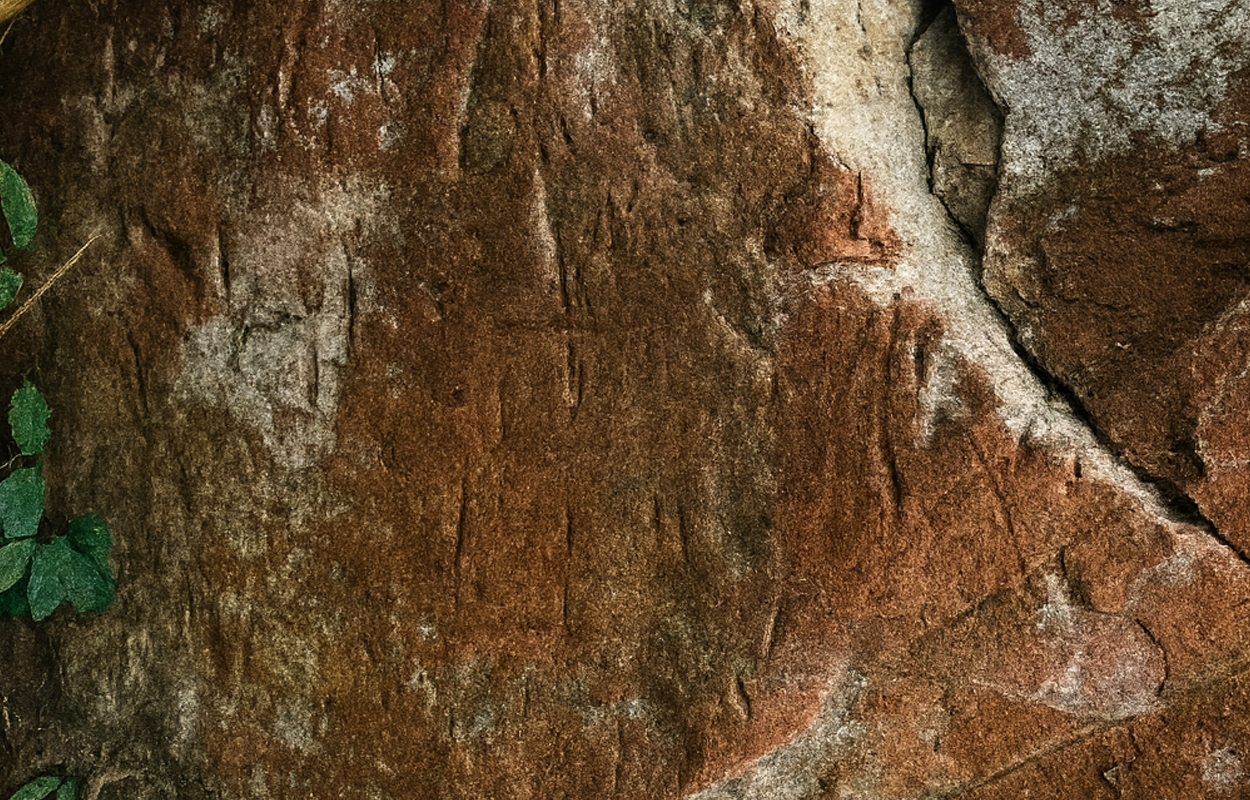Located in Thailand’s Loei Province, Phu Khat stands as the highest peak in the Phu Khat Wildlife Sanctuary, rising to a height of 1,307 metres above sea level.
In a routine patrol by Rangers from the sanctuary, two previously unknown archaeological sites were discovered near the mountain summit, both only 300 metres apart.
Collectively named Pha Pang Puey, the sites feature carved or eroded linear markings across the rock face, forming geometric or abstract patterns rather than natural fractures – indicating ancient rock art. The rock surface is primarily reddish-brown, interspersed with lighter grey patches caused by lichen and erosion.
According to experts, the markings resemble the 2,000-year-old petroglyphs identified by rangers in August 2025 at Ta Kueng Cave, located within the Phu Khat Wildlife Sanctuary.
The discovery at Pha Pang Puey was announced by Mr. Mongkol Khamsuk, head of both the Phu Khat and Bang Yang Wildlife Sanctuaries.
Khamsuk emphasised the cultural and environmental value of Pha Pang Puey and Phu Khat Mountain, which has sweeping views of dense forests, sunrises over the mountain ridge, and a panorama that stretches across much of northern Thailand’s wilderness.
“We have already coordinated with the Fine Arts Department, Sukhothai Office (Fine Arts Division 6), to request academic support for further surveying and data collection. We believe this is only the beginning,” he said, noting that the sanctuary may still conceal further undiscovered sites.
Header Image Credit : PR DNP
Sources : Department of National Parks, Wildlife and Plant Conservation





